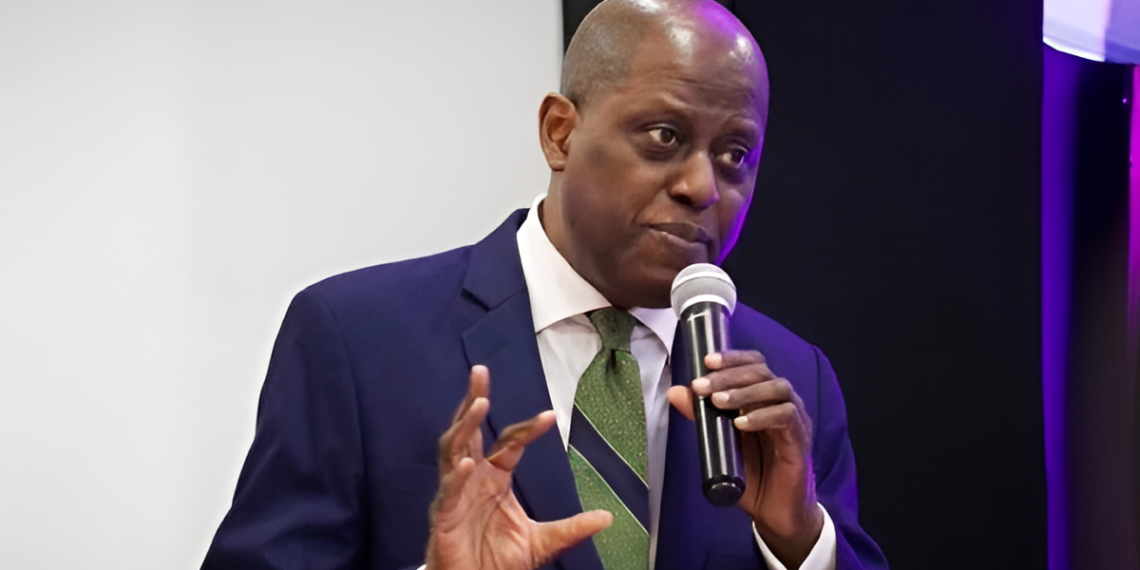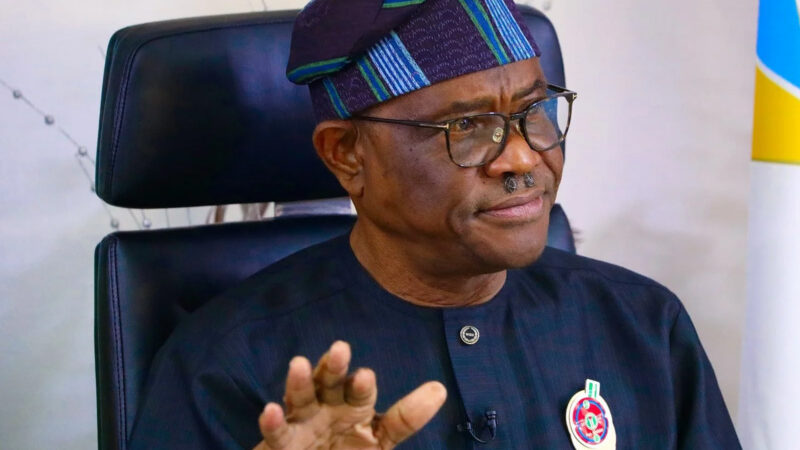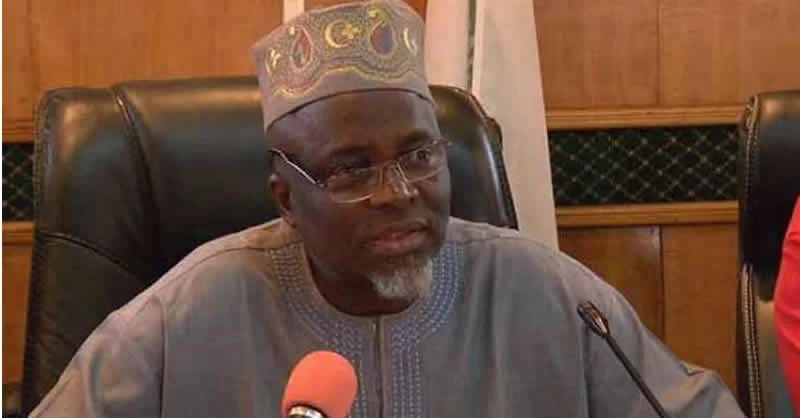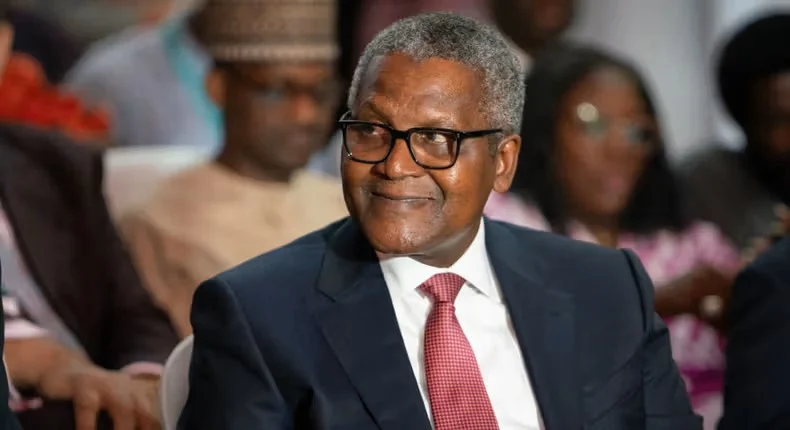Cardoso Identifies Education, Medical Tourism as Factors for Naira Depreciation

By Olusegun Obisanya
The governor of Central Bank of Nigeria (CBN), Olayemi Cardoso, has blamed the depreciation of the naira on the growing numbers of Nigerians going abroad for education and medical treatment.
Cardoso spoke on Tuesday during a plenary at the House of Representatives.
His appearance at the lower chamber followed the depreciation of the naira, which weakened to an all-time lows.
The CBN chief said the exchange rate in Nigeria has increased due to a decline in the supply of US dollars.
“Looking at the demand side of the exchange rate, it is important to note the growing number of Nigerian students studying abroad,” he said. “In the 1980s and 1990s the need for US dollars for their living expenses was minimal. However, recent data show a significant change.”
Quoting the UNESCO’s Institute of Statistics, Cardoso said the number of Nigerian students abroad increased from less than 15,000 in 1998 to over 71,000 in 2015.
In another three years, the figure had increased to 96,702, he said.
Data from the apex bank’s Balance of Payment compilation spanning the first six months of 2023 showed that Nigerians spent $245.68 million on overseas health-related issues, $896.09 million on foreign education, and $434.63 million on other personal foreign needs.
Nigerians migrating for education has become a new norm, considering the state of the country’s economy and the security situation.
Recently, the Open Doors Report, published by the Washington-based Institute of International Education, revealed that the number of Nigerian students studying in the United States rose to 17,640 in the 2022/2023 academic session from the 14,438 that moved in the 2021/2022 session.
In 2022, Nigerians spent about $1.01 billion on foreign education in 2022, a 40.36 percent increase from the $720.05 million that was spent in 2021.
The CBN governor said between 2010 and 2020, foreign education expenses amounted to a substantial $28.65 billion.
He added that medical treatment abroad amounted to $11 billion during the same period.
“Consequently, over the past decades, foreign exchange for education and healthcare has totalled nearly $40 billion. Notably, this amount surpasses the total current foreign exchange reserves of the CBN,” he said.
Cardoso added that a reduction in the demand for dollars for the overseas education and healthcare could have led to a considerably stronger currency.







